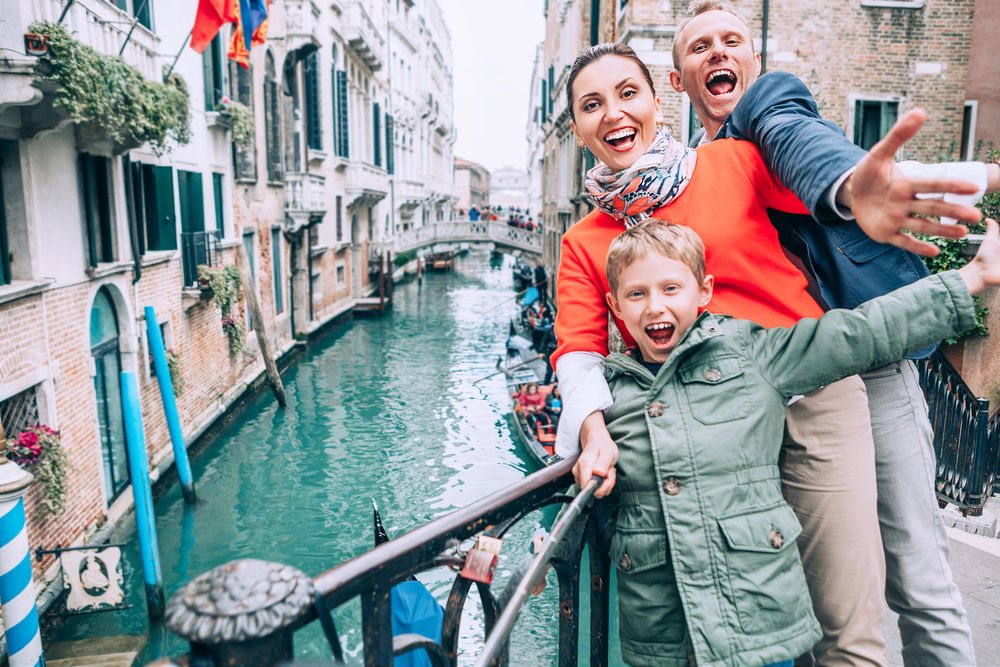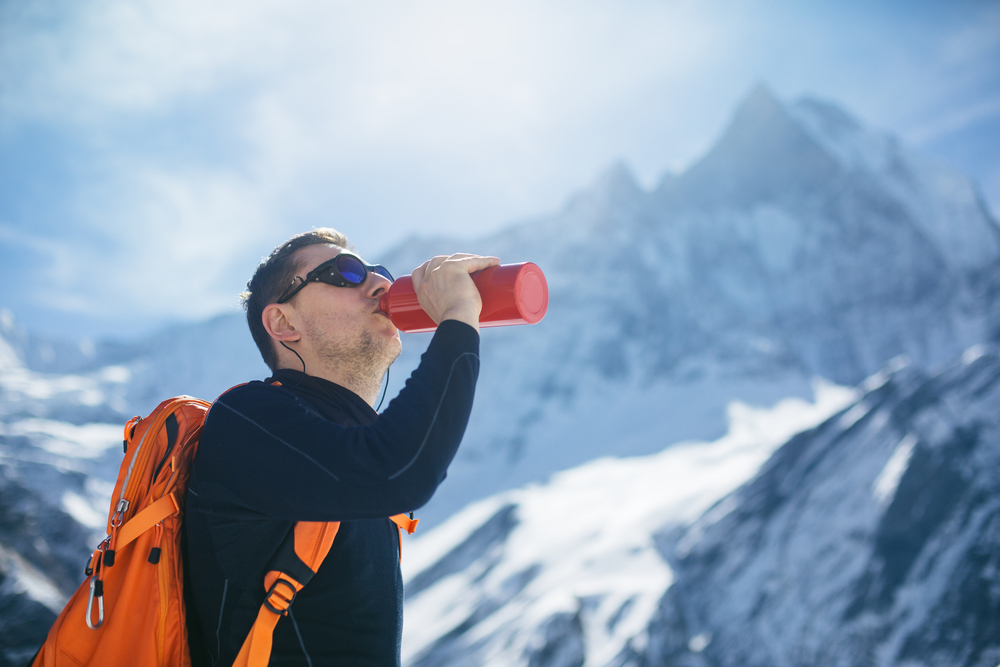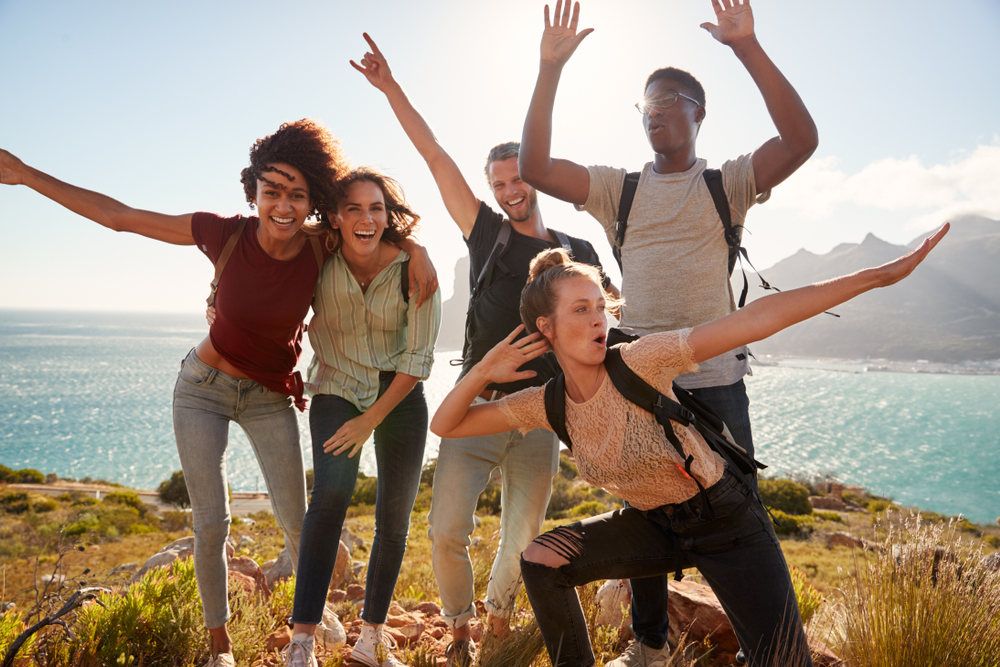Creators believe travel photography is the best, because it allows them to convey adventure, cultural diversity, and sincere emotions. While traveling, you get to walk along the narrow streets of old towns, delight yourself in marine life, and see iconic monuments; moreover, all of this can be captured on camera.
Do you want to combine your next vacation with a photography endeavor? Read this article to discover creative travel photography ideas, easy poses to make your pictures look great, and helpful tips on composing your shots.
Unusual travel photoshoot ideas
In travel photography, there’s an abundance of original vacation picture ideas, as this genre allows you to break free from any constraints. Whether you want to capture the charm of old towns or showcase the captivating beauty of wildlife, you’re free to explore. Here are some unusual photoshoot ideas to help you draw inspiration and take unique travel shots.
Blurry photography
Blurry photography is an artistic technique that allows you to highlight specific objects, convey emotions, and emphasize dynamics and energy by intentionally blurring certain elements in the background or foreground. With its contemporary look and unusual visual storytelling, the blurry photography style is especially well-suited for travel photoshoots. Often, these pictures evoke a sense of nostalgia, as they resemble shots taken with a film camera. You can capture blurry streets, the blurred faces of passersby, blurry cars, and other objects, creating an immersive and evocative visual experience.
Mythical wanderlust
Every land is rich with ancient myths and legends that embody the essence of a specific nation’s culture. So, why not capture this surrealistic and mysterious atmosphere through your camera lens? For example, venture to Germany’s enchanting Black Forest, where the fairy tales of Wilhelm Hauff come to life.
To embark on this travel photoshoot idea, you must be well-prepared—study the local history and seek out locations.
Celestial expedition
Capturing stars in your travel pictures can be a fantastic idea, especially when hiking away from the city hustle. Trips through remote and untouched landscapes offer an excellent opportunity to see the brilliance of the night sky. In countries like Norway, Finland, and Canada, you might even catch the aurora borealis (northern lights). For a more unique and creative approach to night photography, experiment with the overexposure technique, which allows you to capture the movement of stars in the sky.
Underwater wonders
Marine life offers unique subjects for travel shots, providing captivating scenes unlike anything people are accustomed to seeing. You can try diving to capture the beauty of strange sea creatures and vibrant coral reefs. Consider exploring the waters of Indonesia, Mexico, and Cuba for perfect underwater photography locations with rich marine ecosystems.
Futuristic cityscapes
Combining contrasting elements in your composition can add a charming touch to your travel photography. Try to blend the realities of cities with futuristic elements. For example, embrace the cyberpunk vision—focus on gritty urban scenes, neon lights, and contrasting shadows in your shots. If necessary, enhance the color palettes in ready-made pictures through editing. For an impressive experience that showcases the interplay between the past and future, consider attending the Burning Man festival in the USA, which brings together art, technology, and creativity.
Time wrap
The essence of each culture lies in two elements—its history and distinctive contemporary characteristics. To take stunning travel shots, combine historical elements with today’s fashion. Many European cities offer a perfect canvas for this approach, with old towns juxtaposed against modern architecture. Find the right angle and seize the moment of the past and present.
Five poses to complement your travel images
When capturing people in your travel photos, the right posing can significantly enhance the overall scenery. Here are some posing ideas to keep in mind:
- Unbothered sipping. Choose a picturesque location like a cafe or mountain background. Ask your model to hold a cup of tea or wine glass in their hand and take a relaxed, laid-back posture.
- Lifting the chin. Have your model lean against a vertical surface, such as a wall or partition, and hold their head high. Make sure there’s a captivating background behind them to create an eye-catching shot.
- Daydreaming. Find an interesting location, like a boat in calm waters. Ask your model to extend their arms and lean on the rails while wearing a dreamy expression, evoking a sense of contemplation and wonder.
- Looking back. Position yourself behind your model and ask them to adopt a relaxed pose, arching their back and turning towards the camera.
- Raising one hand. Have your model sit on their knees with relaxed posture. Then, they can slightly lower their head and gently touch their hair, adding a touch of elegance and sophistication to the shot.
Compositional tricks in photography
A well-thought-out composition is the foundation of creating good photos, particularly in travel photography. It involves skillfully arranging elements within the frame to produce appealing and impactful pictures.
Explore the following basic composition techniques that can help you achieve harmony and boost the quality of your travel shots:
- Rule of thirds. Based on this technique, you should divide your image into nine equal parts with two horizontal and vertical lines. Smartphones and digital cameras provide this feature automatically. Position the focal objects of the scene at the points of intersection. For example, to capture architecture and people in a single shot, ensure they’re located at different line intersection points.
- Leading lines. This compositional technique is aimed at drawing a viewer’s attention to the necessary elements in your scene. The concept is simple—identify natural elements that form lines and position your subject to align with or appear at the end of these lines. These directional elements can be straight or curved and take the form of roads, pathways, rivers, fences, etc. For example, when taking a shot on a narrow street with steps, the staircase can serve as a leading line. So, place your subject alongside it, near the wall.
- Symmetry and reflections. This compositional technique implies capturing scenes with ideal reflections or similar subjects located next to each other. The reflectional symmetry method is commonly used in landscape photography. For example, you can depict mountains that reflect on the lake’s surface. Or, capture symmetrical subjects like bridges or architectural monuments.
- Foreground interest. Using this technique, you should place your subject in the foreground while leaving irrelevant details in the background. To add more depth to your shot and further emphasize the main subject, you can add background blur, also known as a shallow depth of field. This technique is suitable for photographing people or architectural constructions.
- Patterns and repetitions. Recurrent elements are appealing due to their harmonic structure and sense of rhythm. The technique is based on adding repetitive lines or shapes to your scenes. You can find these patterns everywhere: pedestrian crossings, flower leaves, and city landscapes.
To sum up
Traveling can be a rewarding experience—one that you want to capture through a camera lens. Thrilling natural landscapes, busy streets, and cultural diversity await brave photographers to reveal all their beauty. So, bring a professional camera to your next vacation or use your smartphone to capture these moments. Use travel picture ideas from this article to plan your stunning shots.



